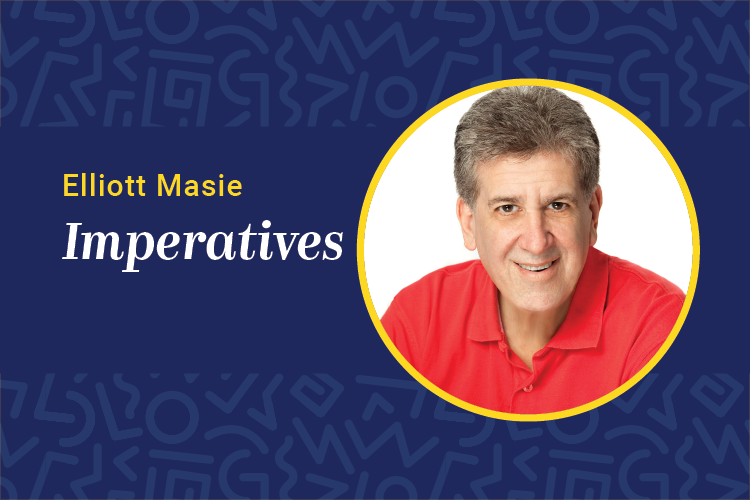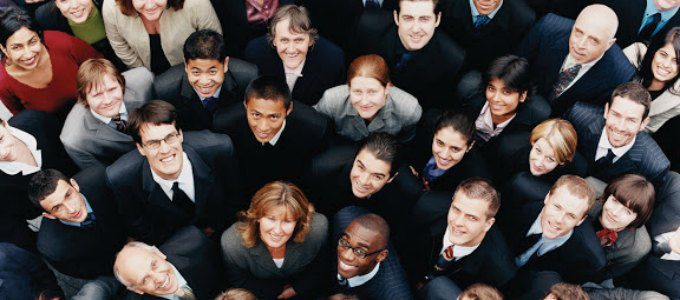Our field is increasingly focusing on learning personalization. As content and learning options expand, our learners and their managers want to have more personalized slices of learning resources just for them, in their ideal styles.
Outside of work learners are living lives steeped in media personalization. Today we watch very little live TV, instead choosing on-demand, on-device and on-our-schedule viewing of what we want, when we want, in the format we want. It’s not surprising that learners are asking why they can’t have that same flexibility at work.
Learning personalization will require newer layers of technology, newer design models and even new language for learners and managers to communicate their preferences. We have found it helpful to look at learning personalization through a four-tiered model: Chosen by my preferences; driven by big and small data; shaped by social collaboration; and designed by the organization.
We foresee combinations and even competition among these forces to create the right, most effective styles of learning personalization. Let’s explore examples of how each style will affect a learner’s experience:
Chosen by my preferences: Each learner will indicate his or her choice and preferred styles through real-time input or user-created profiles. This might include choice of content format — video, text, bullet points, images — languages spoken, experience and background, whether the learner is extroverted or introverted, preferred duration and requested assessment level.
Driven by big and small data: Here, we focus on behaviors. What are their actual learning behaviors? How deeply do they drill into data? What are their patterns of collaboration? Where did they get stuck in previous classes? We might even reference learners’ performance reviews or other profile data.
Shaped by social collaboration: There will be a level of personalization determined by a group of learners rather than by a single learner or manager. For example, I might be one of 36 people in a management development program. As the other learners work through the content, their behaviors and reactions can shape how my content is delivered. Imagine that a learner can tag which part of a video is most helpful, and the rest of the class can see content preferences.
That idea can also be expansive as learners add missing content or context. If the learner is in a trusted community of other learners/workers, that community could hugely affect personalization.
Designed by the organization: Now, the organization adds its perspective to personalization, adding detailed information about roles, errors made by other learners, time to competency and what needs to be memorized vs. be accessible online. Over time, most organizations will reduce content loads as they become more strategic about who learns what, when and how.
Making this shift to personalization will require some radical changes in our design and production models. We will move from a one-size-fits-all model to what Facebook calls “one-size-fits-one learning.”
We will need to shift from mandated content delivery to more strategic assessment, allowing learners to test forward rather than restudy known material. We will need to design learning that truly uses social collaboration rather than just telling learners to go to colleagues for support. Organizations can use data to assess when they are doing too much, too little or using the wrong delivery mode. And, our learning systems will need to radically evolve to support personalization.
Imagine adding learning personalization to new-hire orientation on the first day of employment. Learners might enjoy and remember their first learning experiences in their new work setting with a smile. Some learners would dive deep, while some would want a greater overview. They would be able to map to their own styles of “welcome knowledge” exposure, keeping within measurable target outcomes.
Learning personalization is not just about choice. It is really about maximizing each learner’s learning — leveraging his or her choices, past behaviors, peer experiences and management targeting. Learning personalization is going to happen. This is the right time to expand our design and delivery models to accommodate, encourage, measure and evolve our learning for the age of personalization.















